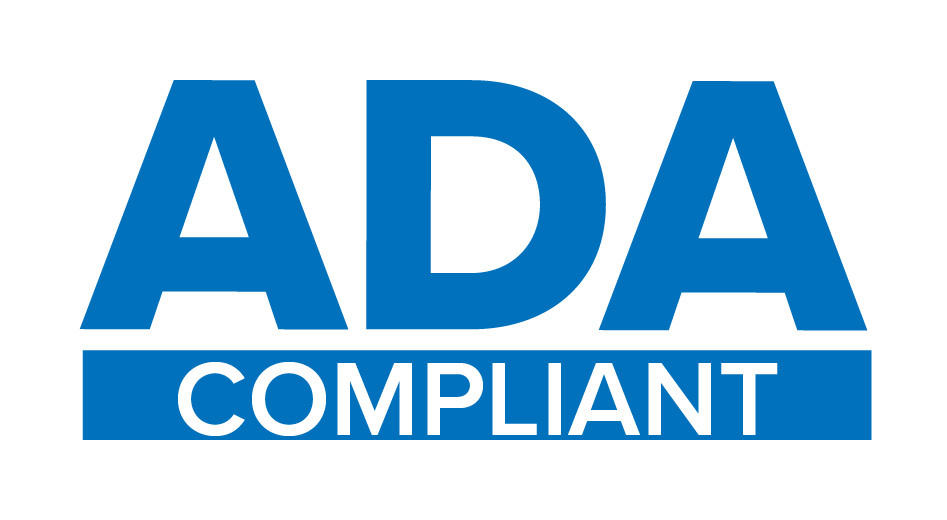Forage conditions have improved for Texas cattle ranchers, but rebuilding the statewide herd has been slow, said Texas A&M AgriLife Extension Service experts.
Soil moisture, grazing conditions and hay supplies this year improved optimism among cattle producers in many parts of the state, according to Dr. Jason Cleere, an AgriLife Extension beef cattle specialist.
“There is a lot of optimism based on calf prices, the moisture a lot of the state has gotten, and the potential for moisture going into fall,” Cleere said. “But in the grand scheme of things, our market outlook experts are saying we haven’t started rebuilding yet.”
The size of Texas’ herd ripples into the supply side of national beef cattle markets from sale barns to grocery store meat counters. The state carries around 14.6% of the nation’s beef cattle.
Texas ranchers cautious about herd rebuild
Feeder steers at 500550 pounds were selling for $333.38 per hundredweight in March and have averaged $316.40 per hundredweight since July 2023.
Producers are moving more cautiously this time because the net profit opportunities are much lower than a decade ago, according to Dr. David Anderson, Ph.D., AgriLife Extension economist and professor in the Department of Agricultural Economics at Texas A&M.
“The dollars and cents of it isn’t the same as last time,” he said. “Costs are higher, interest rates are higher, and that makes producers proceed with more caution, which translates into slower rebuilding.”
Herds aren’t built in a day
There were 4.65 million beef cattle in Texas in 2019, but the number declined to the lowest point since 1961 by February 2023 after back-to-back years of drought and poor forage production.
Anderson said he expects the January 2025 U.S. Department of Agriculture cattle inventory report to show further declines based on the high numbers of heifers going to feedlots and cows going to meat packers.
Rebuilding a cattle herd takes years, Cleere said. Producers need to keep higher numbers of heifers — the young, future calfproducers — in their herds than cows that are aging out of productivity.
Finding the right scenario for your ranch One key part of the equation for rebuilding the herd is selecting replacement females — and there are about 16 options ranchers could make, said Ron Gill, Ph.D., AgriLife Extension beef cattle specialist and professor in the Department of Animal Science, Stephenville.
He spoke to over 1,800 people at the 70th annual Texas A&M Beef Cattle Short Course, hosted by AgriLife Extension and the Texas A&M College of Agriculture and Life Sciences Department of Animal Science at the beginning of August.
He said, ranchers must consider if they want to retain ownership of their own heifers or buy lightweight or heavyweight heifers, bred heifers, firstcalf pairs, three-in-one sets, older or younger bred cows, pairs of cows and calves of different ages, or open females that all range in price and availability.
“Looking at these different options may not be the normal way to do things, but this is a unique scenario we are in,” Gill said.
Some things for ranchers to consider when determining the best females to rebuild their herd include environmental adaptability, mature size, calving difficulty and marketability.
“You want to build in some flexibility to your beef system to prevent forced management,” Gill said. “Last time, we spent a lot of money on females in rebuilding, and then some folks were forced to sell a lot of them pretty quick before they had them paid off.”
Kay Ledbetter of AgriLife Today also contributed to this report.



